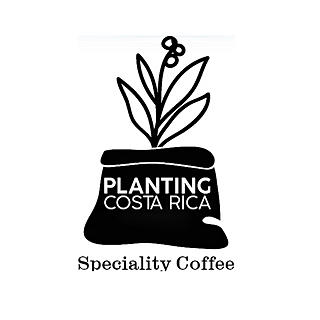A Rollercoaster Ride: The Coffee Market from 2020 to 2023 and Predictions for 2024
- Planting Costa Rica
- Oct 12, 2023
- 2 min read

The coffee market has witnessed a tumultuous journey over the past three years, marked by significant disruptions and unprecedented challenges. From the initial shock of the COVID-19 pandemic to the subsequent consequences of a massive frost in an important coffee region, economic uncertainty, and even war, the coffee industry has endured a series of seismic shifts.
In this article, we will review the key events that have shaped the market and provide insights into what the coffee market might hold in 2024.
-> 2020: The Pandemic and Economic Consequences.
In late March 2020, the COVID-19 pandemic led to a complete shutdown in Europe many parts of the world. As people adjusted to lockdowns, coffee consumption habits changed. Many consumers stopped buying coffee from cafes, leading to financial difficulties for coffee shop owners. The reduced demand and prices created opportunities for some to buy low-priced coffee beans, while the transport costs increased due to restrictions and logistical challenges. Widespread unemployment further compounded the difficulties in the coffee market.
-> 2021: Frost and Economic Slowdown
In July 2021, a frost hit one of the biggest coffee regions in Brazil, disrupting the coffee supply chain. Coffee prices increased due to reduced yields, while transport prices remained high. The global economy was still slow due to COVID-19, and people were investing less in high-quality products, impacting the specialty coffee market.
->2022: The Ukraine War and Inflation Fears
In February 2022, the Ukraine war triggered a chain of events, including increased oil and energy prices in Europe. Speculations of hyperinflation loomed, adding uncertainty to the coffee market. Coffee prices remained high, but the economy's sluggish pace persisted. This economic instability led to defaults on many coffee contracts.
->2023: The "Coffee Rush Effect"
Low supply in 2021 due to the frost in Brazil caused a significant increase in prices and gave hope to many producers to start growing coffee - this effect we call the "Coffee Rush Effect". Almost 3 years after this frost, Brazils production came back to almost normal, and new producer had their first harvest resulting in an overproduction, and so to a drop in global coffee prices.
It can even be suggested that this downturn raised questions about whether large importing/exporting companies had exhausted their liquidity by purchasing expensive coffee in previous years. For example, in Costa Rica, this situation marked an unprecedented occurrence in 30 years, as they initiated a new harvest while still holding stock from the previous year.

->2024 Predictions
As we look ahead to 2024, several trends are worth watching. The coffee market may experience a rebalancing after the overproduction in 2023. Specialty coffee may regain its appeal, as consumers seek unique and high-quality coffee experiences. Additionally, the industry may see a shift toward a focus on micro-lot coffee to a lower price, offering a broader range of choices to cater to different consumer preferences.
In summary, the coffee market has endured a rollercoaster of events over the past three years, but it remains a resilient and adaptive industry. As the world adjusts to the consequences of past challenges, the coffee market is likely to evolve, offering opportunities for both producers and consumers.






















Comments